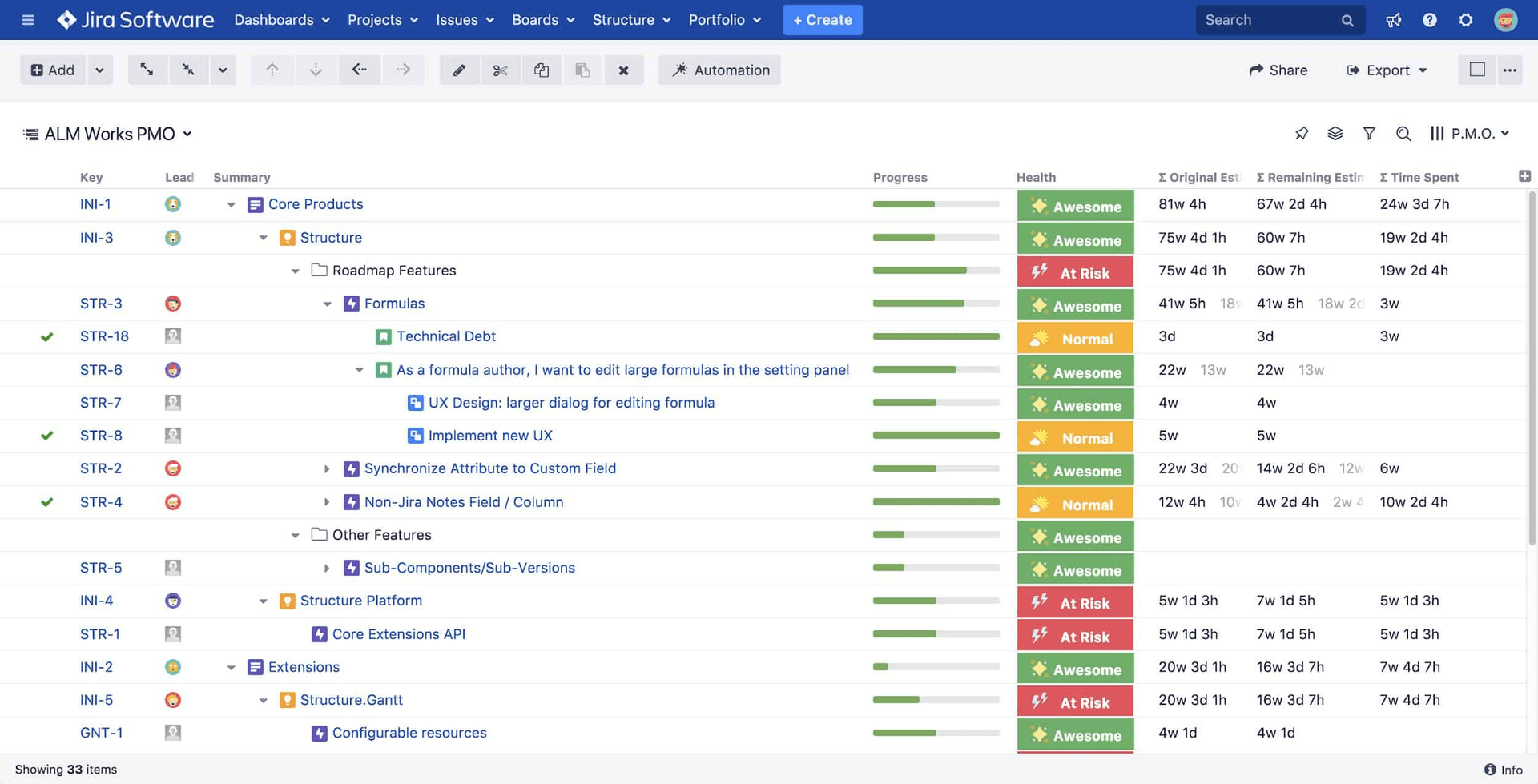What are epics in agile?
To put simply, an epic is a large chunk of work that can be broken down into specific tasks called issues or stories – usually to be found in Jira or a similar tool. Epics and stories are part of your working hierarchy, helping you and your teams break work into manageable chunks.
So why are they called epics? Well, that could be due to some early agile creator out there being a bit of a nerd for ancient Greece and discovering that “epic” in Ancient Greek (ἔπος/epos) just means a story, and those ancient Greeks liked their stories to be very long.
So, epics are big narratives that contain stories about your work. An epic could be your latest product launch, a major campaign, or just about any of your major business goals. If you create epics that all have a similar goal, that is called an initiative and the large, long-term company objectives that span across everything the business does are called themes.
This seems like a lot, but all it is trying to do is break down work into manageable bits and make sure all work makes sense both top-down and bottom-up. All the smallest issues are connected to larger-scale projects. Each project is connected to the bigger picture, and thus company goals go from being boardroom meeting talk to having a path towards reality.
Benefits of epics
Breaks down your team’s work into manageable pieces
Keeps teams aligned on bigger goals while still doing their day-to-day work
Lots of built-in support from agile software and tools for epic management
Examples
While there is no “one size fits all” approach to epics, it will usually be a project that will last over several weeks or months. It will need success metrics, smaller issues and subtasks attached to it, and a link to a bigger-picture theme.
Here is a quick example of an epic so you can understand their role a bit better.
Your team is developing and improving a tool that helps people work better in Jira. For the next major upcoming release, your team has decided that it needs to improve the UX (as you’ve had a lot of customer requests saying your software can be a bit clunky and difficult to navigate).
We create an epic for “UX improvements” within the initiative of release 5.1.2.
We break it down into smaller issues/stories that are actual tasks to do: Updating our fonts, visual redesign for commonly used fields, stability improvements, and new panels.
These issues get assigned timeframes, descriptions, and (hopefully) people to work on them.
The size of your stories in your epic are entirely up to you – they could have a large scope or they could be the smallest task that takes under an hour to be completed. What is important is that you ensure all your issues are attached to an epic. Completing each of these little stories builds up to finishing the overall “narrative” of your epic.
The ancient Greek epic poet Homer would be proud. Well, more likely confused at how we got from Achilles to agile software development, but you get the point.
Managing epics and stories with Structure PPM
Managing epics and stories efficiently is key to keeping your projects aligned with strategic goals, especially in large organizations. Structure offers a straightforward and effective way to organize your issues within an advanced agile hierarchy. That ensures everything from the largest epics to the smallest sub-tasks is accounted for and appropriately linked. All natively, within Jira.

By leveraging Structure's capabilities, you can create a single source of truth for your project's epics and stories, enhancing visibility, improving alignment, and driving more efficient project execution.
For more detailed guidance, check out , where you'll find step-by-step instructions and tips for making the most of this powerful tool.
.
Want to manage your epics?
If you are looking for some more direct tooltips on managing your epics and stories in Structure, take a look at .
Want to get all your epics managed in one place?






